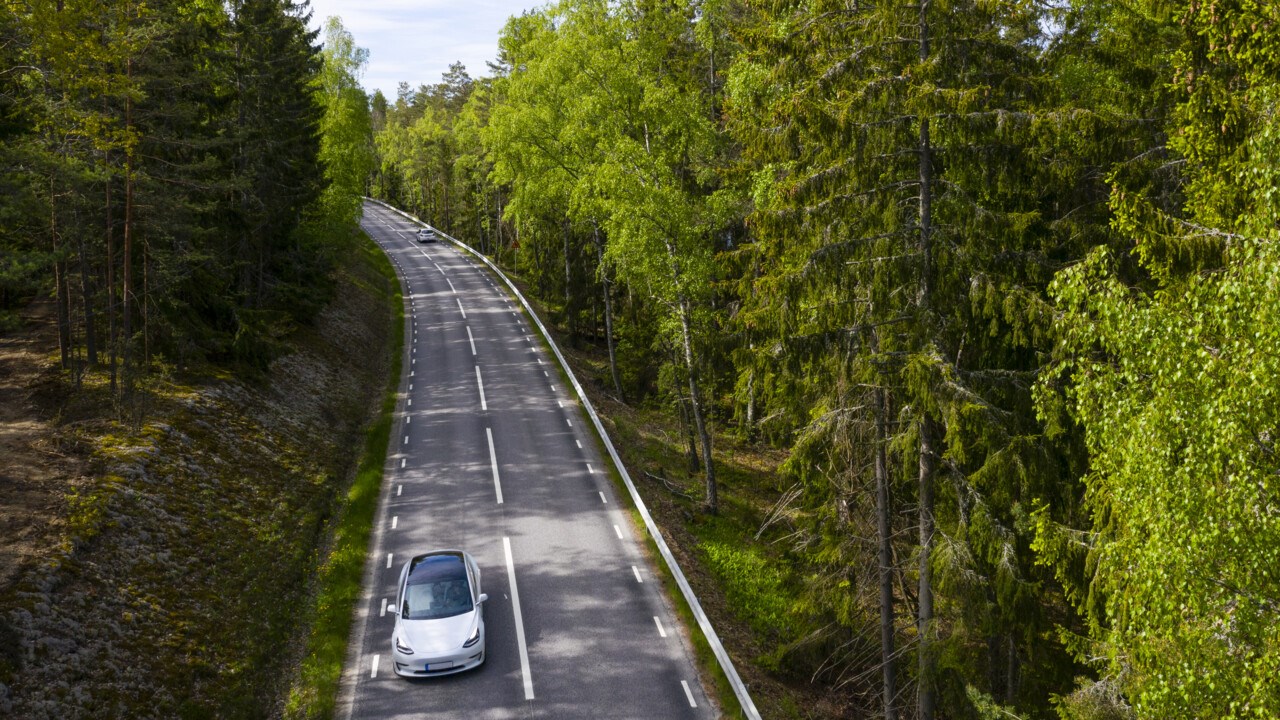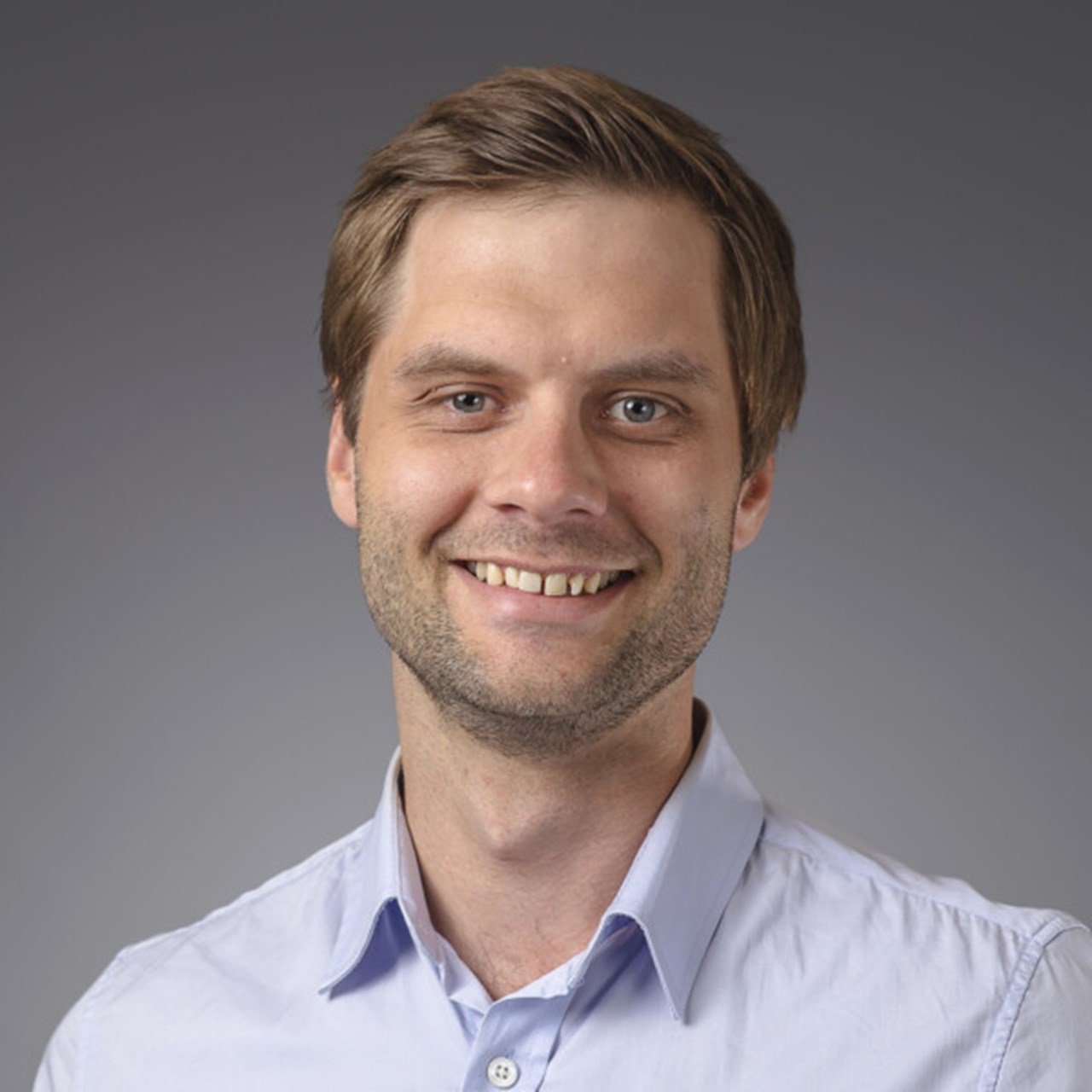About the defense
On Friday, September 29, Andreas Nordenström, Department of Physics, will defend his thesis entitled Properties and applications of materials based on graphene oxide. The defense takes place at 13.00 in room NAT.D.480, Umeå University. Faculty opponent is Professor Andrey Turchanin, Fiedrich Shiller University Jena.



